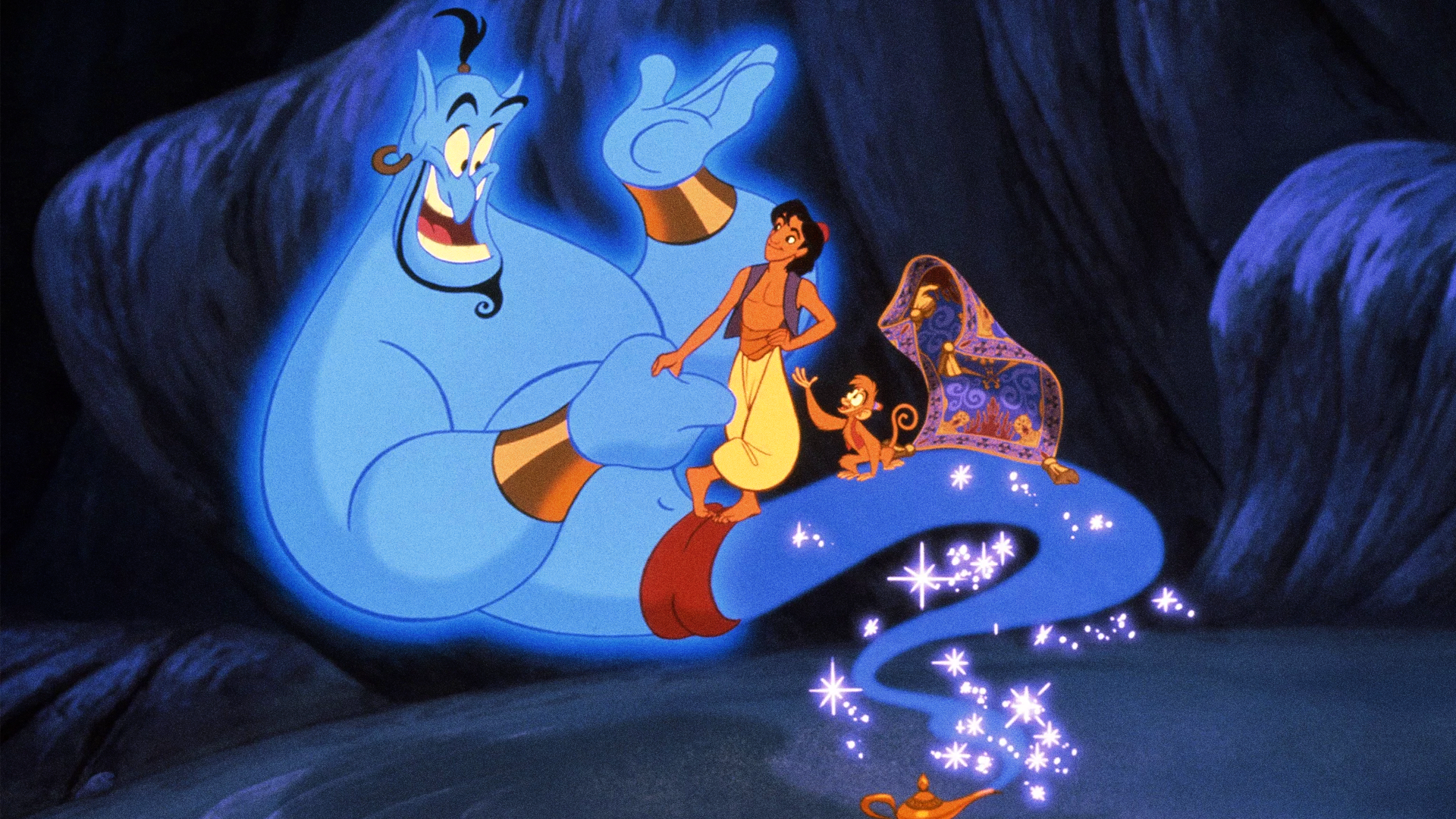During the summer of 1995 while hiking through the Tuscany hills in Cortona, Italy, I was fortunate to stumble upon the vast portfolio of Albrecht Dürer’s life’s work on display just outside the Uffizi Museum in Florence. Dürer, master painter, printmaker, and theorist, was well known for his detailed depictions of both everyday and divinely inspired scenes deeply rooted among natural settings. Through his exploration of depicting nature he sought to discover his life’s purpose. The artist once mused:
“Nature holds the beautiful, for the artist who has the insight to extract it. Thus, beauty lies even in humble, perhaps ugly things, and the ideal, which bypasses or improves on nature, may not be truly beautiful in the end.” — Albrecht Dürer
While peeking into his world through the works displayed in Florence, I recognized familiar faces and places, but there were many works I’d never seen before in print.
I was familiar with Saint Jerome in His Study and The Four Horsemen of the Apocalypse, but one piece in particular caught my attention. His 1513 work Knight, Death and the Devil (at bottom of post) immediately drew me in. In order to fully appreciate it one must not only immerse themselves in the ultrafine, multidirectional, crosshatched strokes rendered but also at the iconic significance in the human, animal, and otherworldly subjects themselves. Not known to be subtle in his use of symbolism each element’s purpose lends greater depth to the intertwined narrative captured in each intentional stroke.
Dürer’s original title for Knight, Death and the Devil was simply The Rider. During the time surrounding his creation of this piece his mother was in his care as she was very ill. She passed into the afterlife in 1514. During this period, he immersed himself in producing copperplate engravings of such explicit, exquisite detail that significantly stand apart from his other works. Knight, Death and the Devil took three immersive months to complete. This piece and two others formed his collective set of three master engravings. Knight, Death and Devil, Saint Jerome in His Study, and Melencolia I are known as the Meisterstiche, or Master Engravings. So let’s dig in and see what clues the artist has left us to discover.
First and foremost the Rider’s stance is casual, his progress through the frame quite relaxed, as he gallops along the path. This path could be divine as the knight has exercised a Christian inspired life. However, I’m not convinced there is any relation to Christianity in this piece. The Rider displays there is no threat within the scene as his helm’s visor up, not down signaling a fighting position thus protecting his face from attack. He looks ahead devotedly stoic yet relaxed knowing he has led a fulfilled life of bravery and devotion. The Rider is possibly just moments from certain death. He knows full well he lived a good life as he slowly gallops into the afterlife just around the next bend.
The Rider looks ahead, not distracted to the side or behind with regrets in his past. He lives in the here and now experiencing practiced mindfulness. He doesn’t dwell on the past or future. He breathes gently while his trusted companions, his faithful horse and dog, lead him with fierce love and admiration for their master. The Rider’s horse is adorned with oak leaves, to some referencing Christ. These leaves could also reference growth or fertility, but in this depiction, they reference the never-ending cycle of life and death and then life again in another realm.
The dog signifies loyalty, love, and protection for his master, is in a running pose rather than walking casually like his master. The dog sees what lies ahead, and the Rider trusts his faithful companion with his life and well-being. The fox tail on the Rider’s lance which he holds lightly over his shoulder references good luck or protection. Some feel it references lies and deceit. I wholeheartedly disagree with that analysis. This knight is noble, not an evildoer.
The village in the background pictured above the primary scene is placed above the head of the Rider as if he’s thinking of home. Is he a king in disguise? It’s juxtaposition serves as a thought bubble or daydream. He calls this home, but not his true home, in the beyond, it is only his earthly home. The village, high above, distant, could be referring to the afterlife or Heaven itself. Lofty aspirations for the Rider, will he be king of this village in the sky? Although it is in the distance, it can be seen plainly. Perhaps this is symbolic of either the beginning or end or both of the knight’s quest. Maybe it also signifies his familial roots run deep, but now they are exposed quite literally in the framing of the woods between the village and the foreground menagerie.
The woods are dead, leafless, lifeless, in decay with visible roots trickling along the framing around the Devil. The roots are exposed and these trees and brush will not survive the winter. These roots could signify the uprooting of one’s own life through sin, perhaps. Or do they signify veins holding the lifeblood of our motley crew. Their inclusion gives further insight of the artist’s beliefs surrounding nature itself. We are all both beautifully and wonderfully made creatures living in a world of the same account. Nothing natural is truly ugly in the sense of human perception. Everything in nature is perfect by design.
The Devil is grotesque with a pig’s snout, three horns, a snakelike tail, has a spear hoisted over its shoulder casually, a visible clawed hand, and two hooved feet, one visible just behind the dog’s framing. The large horn on top of the Devil’s head looks like a Grim Reaper-styled scythe ready to cut down the Rider. It’s very presence initially proves intimidating to the viewer, however to the Rider he sees beyond this mask. He knows the Devil is rather a joke, a ridiculous being, more appropriate as a sideshow attraction rather than the Prince of Darkness. There is a bell around the neck of Death’s horse that may signify the tolling bell of inescapable death. However that bell may be for Death so he doesn’t lose his own horse. There is a slight sense of lightness to the entire scene. These characters have known one another for a lifetime. This scene doesn’t spell impending doom for The Rider. These fiends are truly the knight’s friends. I didn’t really see that coming either, but now it makes good sense.
The Devil as well as Death are companions, not the knight’s adversaries. The Rider understands full well that the meaning of a fragile life is certain death at any moment. One must live in the present, not past or future, to survive, and eventually arrive at the gates of lofty places on high, divine or not. Death holds an hourglass adorned with a sun dial attempting to shake the Rider into a race rather than his gentle gallop. The knight’s stance reinforces that Death is just another friend along life’s pathway. The two opposing snakes look left and right whose gaze aren’t fixed on the knight. They are just another distraction, a reference to both the Garden of Eden’s devilish snake and possibly a reference to the Greek Medusa mythos. These snakes are just along for the ride. Just two more of the journey’s companions. Now what’s going on with the other figures in this study?
Death’s horse is weary, weak and looks downward in its frailty. One ear up, the other level, leaning down to the ground below. It looks downward to the jawless skull in the bottom left corner of the composition where the artist’s signature resides. The skull, a bit askew, gazes directly at the “AD” logomark. The skull sits on an oak stump that many believe is another biblical reference. This stump may also represent a grounding ability and connection to one’s ancestral wisdom or put more plainly, family tree.
The lizard-like creature between the back two foreground horse’s hooves is scurrying in the opposite direction of the Rider. An iguana or possibly even a chameleon which makes more sense as it can change color camouflaging into its surroundings. Always on the defensive it’s led a life hiding from the truth that lies ahead. It heads into the past, unable to witness the present. Some believe this is an ill omen, however I disagree. It may symbolize the Rider’s own past skill of adaptability in adverse situations. Now through wisdom it scurries away from the hero. He doesn’t follow this defensive status anymore. He looks ahead, rather calmly, with his faithful companions, including Death and the Devil.
“The artist is chosen by God to fulfill his commands and must never be overwhelmed by public opinion.” — Albrecht Dürer
Get The Life and Art of Albrecht Dürer from Princeton University Press here. Use coupon code EXH30 for 30% off your order.
“The new art must be based upon science — in particular, upon mathematics, as the most exact, logical, and graphically constructive of the sciences.”
Some final observations are that Death and the Devil both adorn crowns and the Rider appears to be smiling. Death’s crown is quite sharp and standard fare while the Devil’s crown is organic resembling a symmetrical flame. It may even be another horn-like protrusion from it’s silly head. Upon closer inspection the Rider appears to have a half smile, even a slight grin. Notice his dimple. This one last clue holds the key to the entire piece. Rather than a serious, divinely-driven work, the artist is toying with his audience providing a tongue in cheek scene meant to not take itself too seriously. Will the art history experts agree? Possibly.








